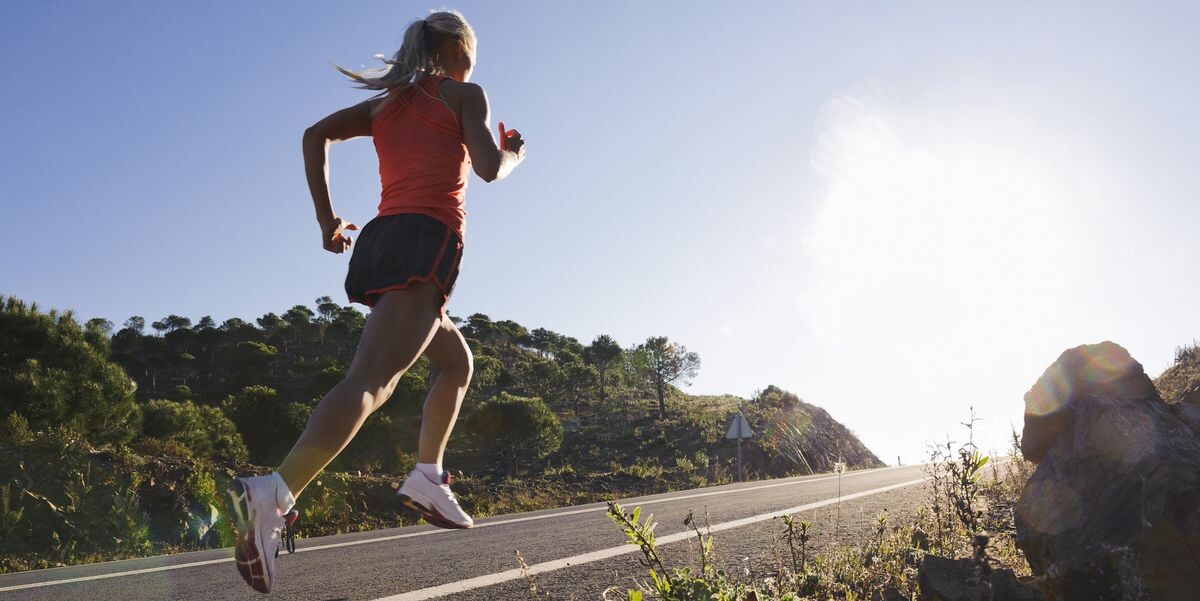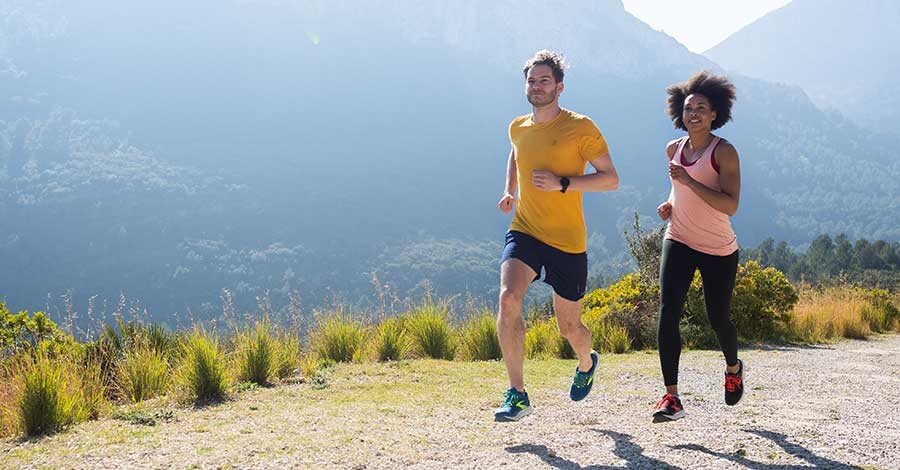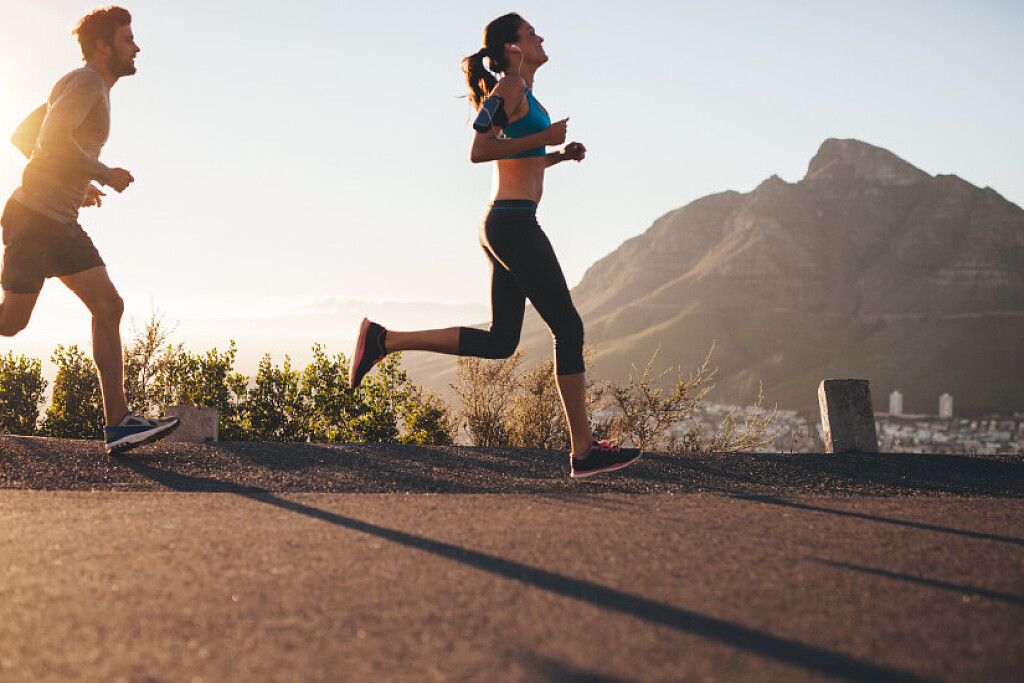Running News Daily
Running News Daily is edited by Bob Anderson. Send your news items to bob@mybestruns.com Advertising opportunities available. Train the Kenyan Way at KATA Kenya and Portugal owned and operated by Bob Anderson. Be sure to catch our movie A Long Run the movie KATA Running Camps and KATA Potato Farms - 31 now open in Kenya! https://kata.ke/
Index to Daily Posts · Sign Up For Updates · Run The World Feed
It’s hot out: do I run short and fast or long and slow?
We are now in the midst of the warmest two months of the year, and many runners face the challenge of adapting their training routines to the heat. When it comes to running in warm weather, a common question arises: should you focus on long and slow runs or shorter and faster runs? While both approaches have benefits and serve different purposes, determining which is better, in the long run, requires consideration.
Running in warm temperatures presents several challenges, including increased strain on the cardiovascular system, impaired thermoregulation, and an elevated risk of dehydration. However, there are ways to manage the heat effectively. This includes acclimatization, staying hydrated and being mindful of your body’s signals.

According to health experts, it’s better to lean toward shorter and faster runs when the mercury soars. Shorter runs minimize the risk of overheating or experiencing heat exhaustion. These shorter and faster runs can be performed at a race pace, tempo, or steady pace. They reduce overall exposure to high temperatures and contribute to the development of anaerobic fitness, enhancing overall running performance. It’s important to note that if you are planning to do shorter-faster runs, it will take longer for your muscles to recover between sessions. It is recommended to take a day or two of rest or mix in a slow-short run between the faster training sessions.
While shorter and faster runs are generally recommended in warm weather, long and slower runs should still have a place in your training regimen under certain conditions. If you have gradually adapted to running in hot conditions and feel comfortable with longer distances, incorporating occasional long and slow runs is feasible. However, it is essential to have a contingency plan and be attentive to your body’s signals to prevent heat exhaustion. Adequate hydration becomes even more crucial for longer runs in the heat. Strategically planning your routes to ensure easy access to water sources or carrying a handheld bottle is advisable.

One useful tip used by many marathoners during summer training is setting up or dropping water stops along their planned route. Another option is running short looped routes close to home, ensuring close proximity to water sources. If a looped route is not possible, finding shaded areas in trails or ravines can help you avoid overheating or prolonged sun exposure.
To ensure your well-being, it’s crucial to prioritize your safety, stay adequately hydrated, and pay attention to your body’s cues while running in the summer heat. Making the right decisions will make your summer running experience seamless and enjoyable while effectively dealing with the difficulties posed by high temperatures.
by Marley Dickinson
Login to leave a comment




